
Allow users to monitor remotely the health and behaviour of loved ones with dementia in a simple and more powerful way than the current market can provide
My role
Product designer— discovery, user research, design, testing
Team
Jessica Kwon, Product Designer
Rob Feeney, Product Designer

Problem
When multiple family members and friends are caring for an elderly loved one, the logistics are hard enough. But it's even tougher for a single caregiver to understand their loved one's overall condition, and decide when full-time care should be considered.

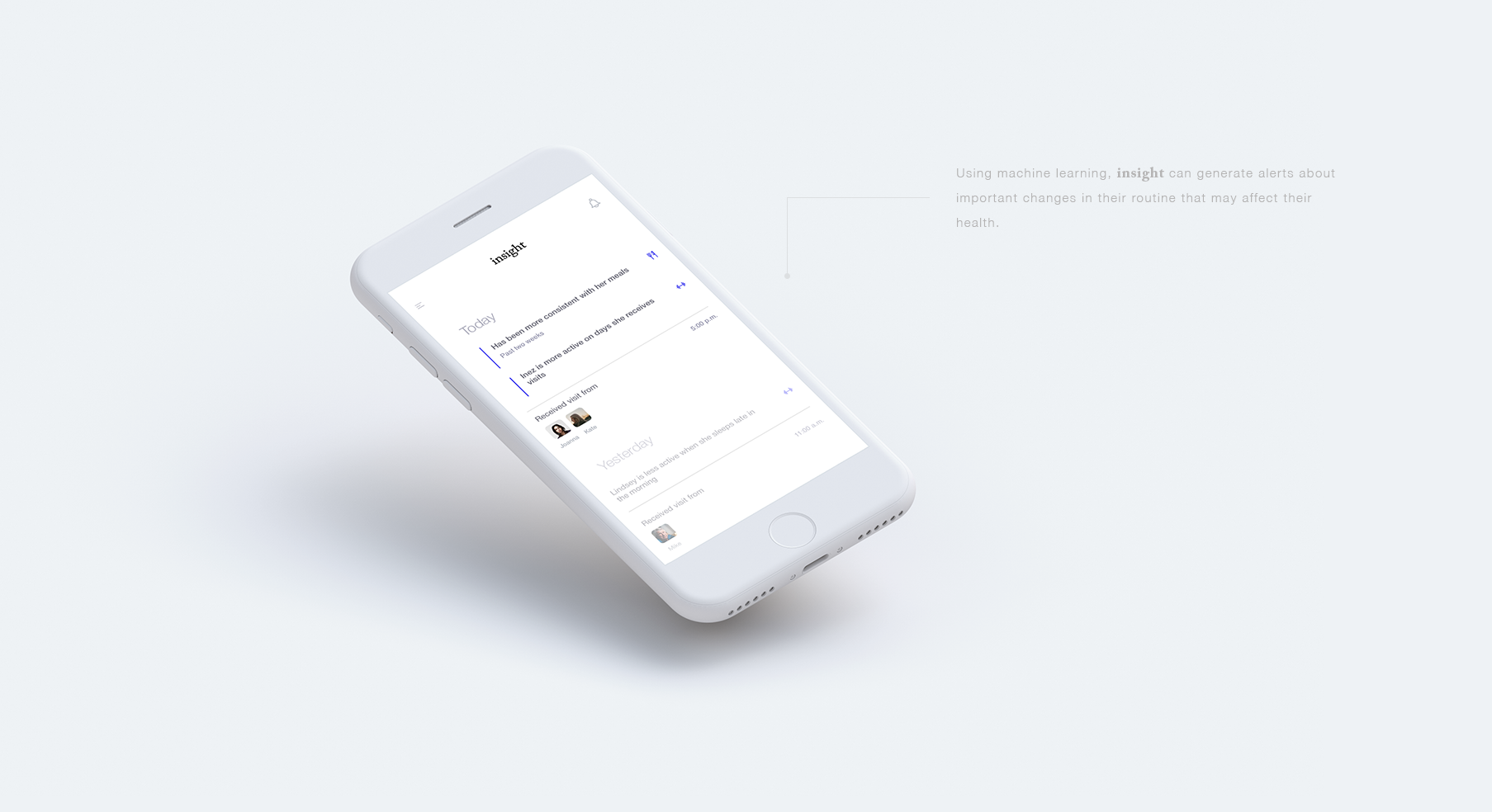
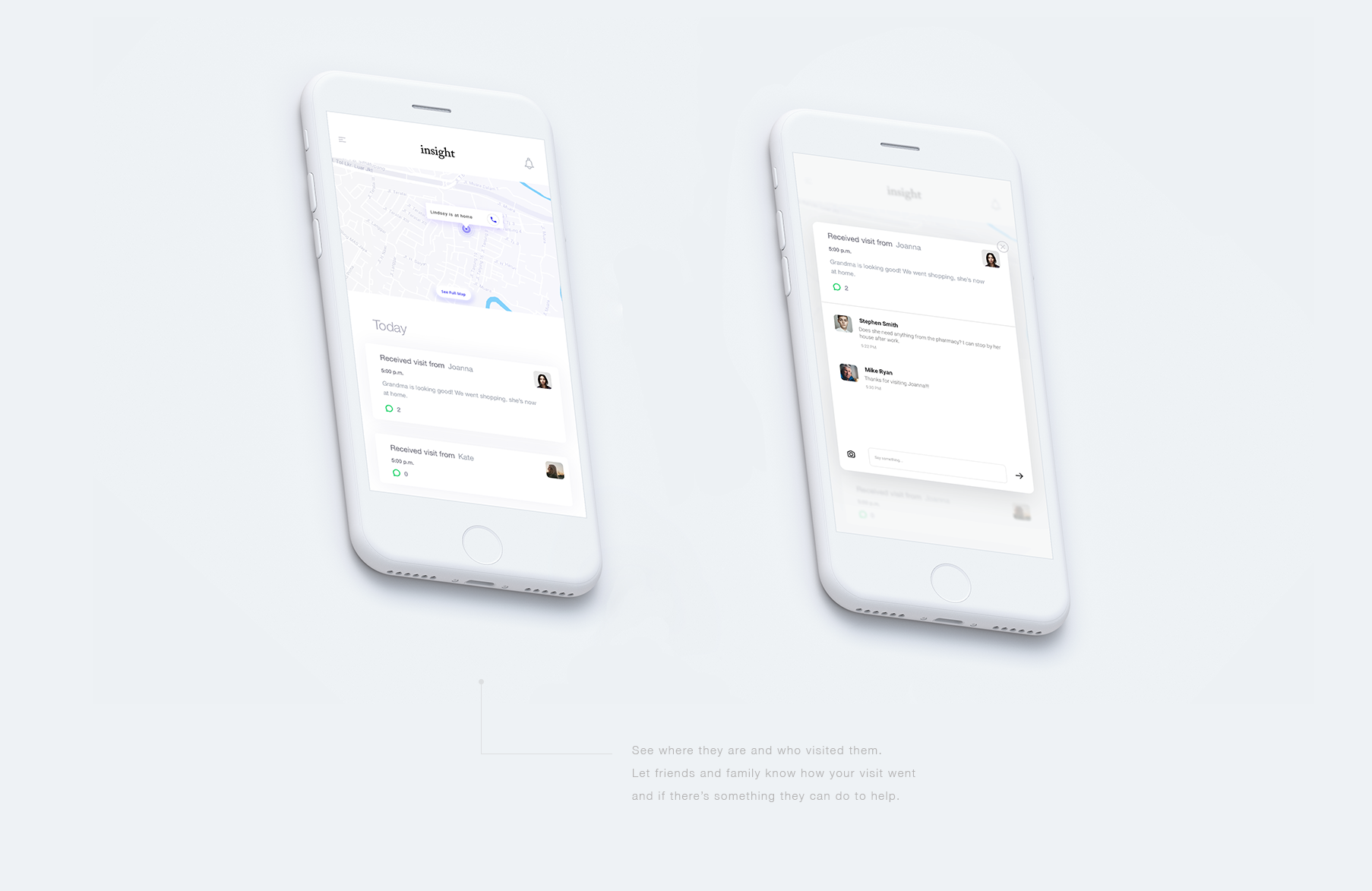
Explore and iterate
Guerrilla research
We kicked off our own research with an "ecosystem exploration" worksheet, to help us understand the holes in our knowledge. Next, we conducted three interviews with family members and caregivers. We also focused on informative websites with curated content, such as alz.org (the Alzheimer's Association) and forum posts. Key insights:
"It's difficult to keep track of a loved one's mental health over time, especially if you don't see them every day."
"A lack of mobility and activity can worsen the symptoms of dementia."
"Depression can make dementia symptoms worse. They don't sleep and forget to eat, it completely changes their routine."
"It is sometimes difficult to communicate with other members of my family who take care of my father as well. We forget to share with each other new symptoms that we notice."
Personas
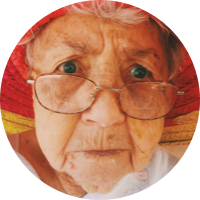
Inez is a 75 years old woman who is beginning to show signs of dementia.
She lives alone in the rent-controlled apartment in Queens where she raised her family, and she is comforted by the familiar environment. Inez wants to remain independent and doesn't realize that she's starting to show signs of dementia.

Rosario, a busy wife, mother, and real estate agent needed assistance coordinating visits and caregiving tasks for her elderly mother in the early stages of dementia. She needed a straightforward way to obtain and share information about her mother's condition, as well as a method for intuitively monitoring her mother's mental state over time.
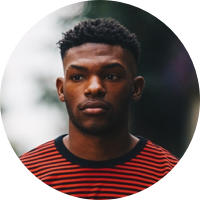
Hector, a longtime friend of Rosario's and neighborhood to Rosario's mother, offered to check in on Rosario's mother. Hector required the ability to quickly update Rosario on her mother's progress after brief visits. He emphasized a need to successfully fulfill his professional and social activities while providing support to Rosario and maintaining a positive relationship with Rosario's mother.
Brainstorm and storyboards
Based on insights we gained from our research, we generated exploratory scenarios that describe how the app might deliver value to the two personas. How could mobile technology fill some of these needs? We started by thinking of all the data we can gather and how we could track the progress of the disease and recognize new symptoms from that data. After a few iterations, we also decided to add a way to connect Hector and Inez so that they could communicate easily and discuss Inez's long-term mental health trends.
We carefully selected the scenarios we thought that are most valuable and collectively worked on the stories and documented the selected set of scenarios as storyboards that communicate to an external audience how the app co-constructs value to the personas.

Wireframes
First iteration

Second iteration

Third iteration
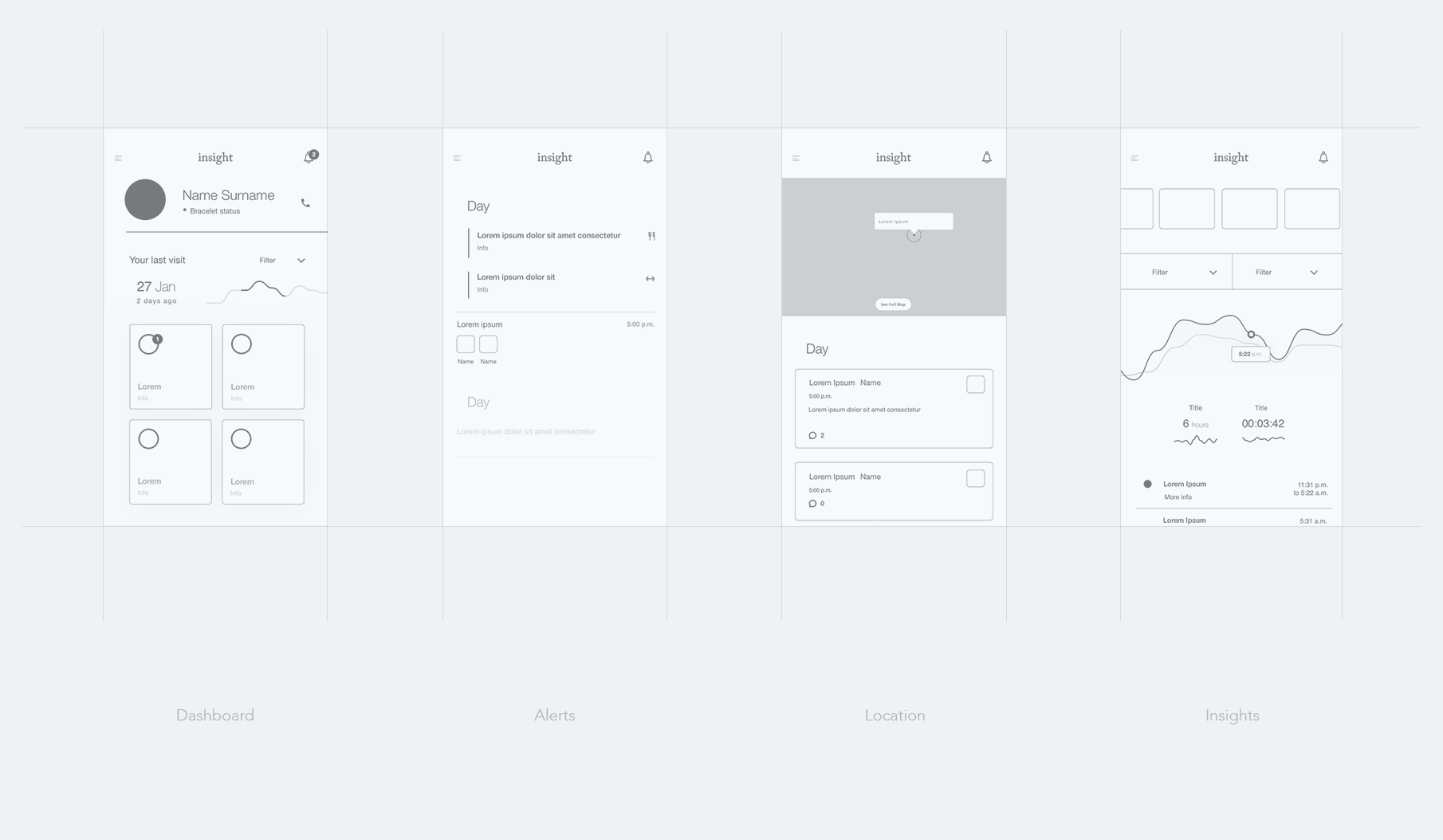
Font

Colors

Carolina.mgouveia@gmail.com
Find me on LinkedIn ↗